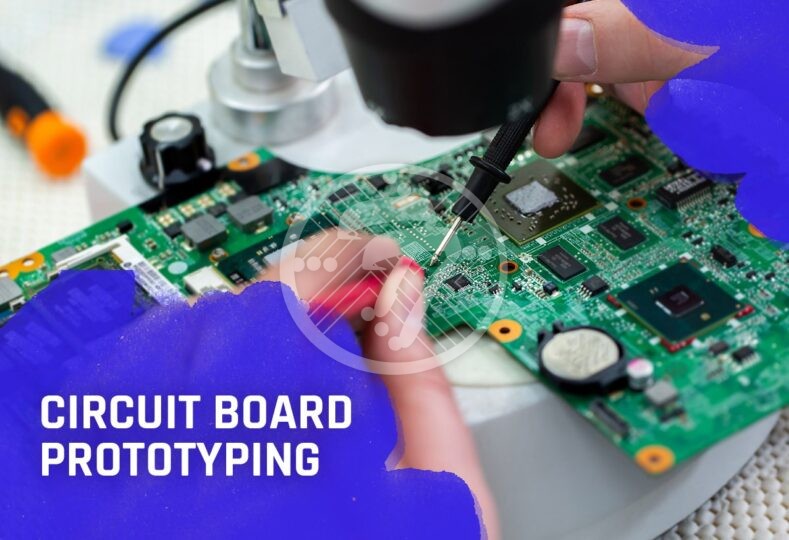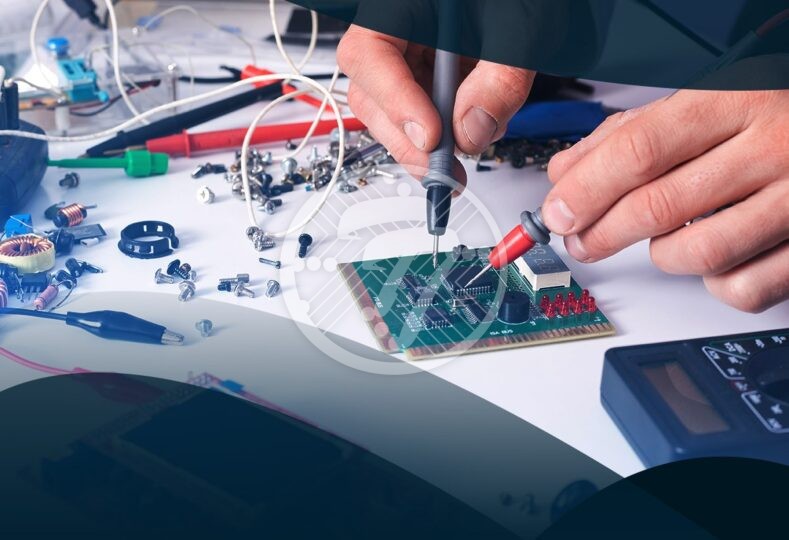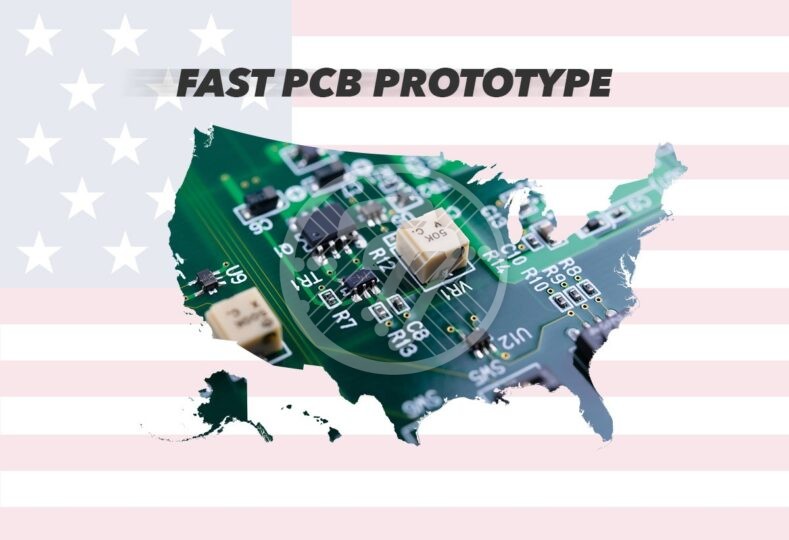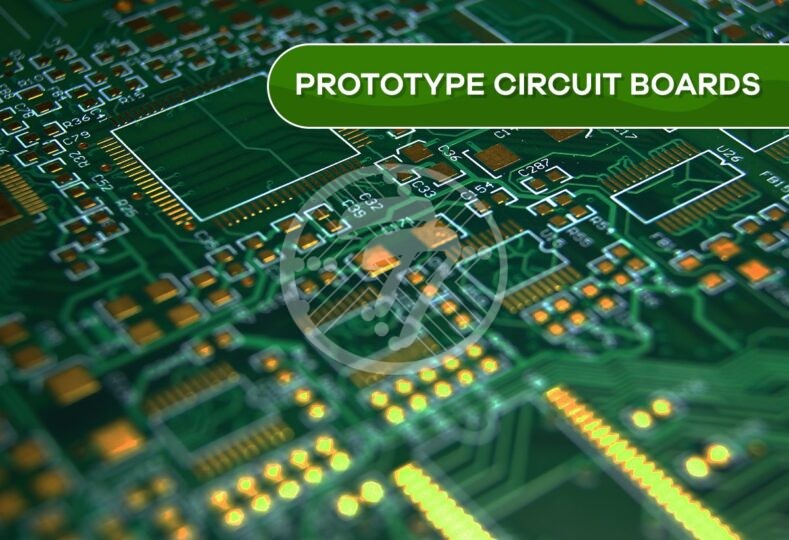How is circuit board prototyping best option for innovative PCB design?

With miniaturization and other trends transforming products, innovation and experimentation drive PCB evolution. PCB prototype service is crucial in this process. Prototyping enables companies to save millions by refining PCBs before committing to large production runs. Rapid PCB Prototyping is revolutionizing the PCB manufacturing process.
The process of prototyping, in turn, goes a long way in testing the functionality of the product. In fact, prototyping isn’t a one- stage process and involves several stages over which the prototype is improved and a final design is ready for mass production. The different stages before the final design include:
Creating Visual Models
This is where the process of PCB prototyping begins. Essentially, it involves creating a physical product that shows the board and the structure of the components. This helps engineers to look at two aspects:
- Find design flaws, if any
- Make visual improvements in the model
With a visual model in place, it is much easier to check aspects such as whether the components fit together, if the design is correct, and if there are any issues with the size, and so on. In fact, the process of printed circuit board prototyping is iterative. You may, therefore, have several versions of the visual models before you finalize the one that meets all the requirements.
Proof-of-Concept
The second stage, and a fairly important one, is the proof-of-concept. At this stage, the concept is fully tested. You need to be sure that the idea is workable before you proceed any further. What you get to check, therefore, is the viability of the project. It is fairly easy to make any changes in the working model, at this stage. It isn’t prudent to skip this stage as it could lead to costly errors at a later stage.
Working Prototypes
Once the proof-of concept is successfully vetted, the next stage is to create a working prototype. This involves the circuit board having all the final functions, even though the working prototype need not be a fair representation of the physical design of the final product. This is the stage where any tweaks can be made and you may therefore land up with several versions of the working prototype till you are fully satisfied.
Functional Prototypes
This is the stage where you not only have a fully ready-to-implement prototype, it is also as close to the final product design as possible. This is the ultimate step before mass production and therefore very crucial. At this stage you are checking to see many things:
- Everything is in working order
- Things look good visually
With this stage satisfactorily crossed, you are ready for mass production.
It is, therefore, easy to see the immense importance PCB Circuit prototyping holds in the success of the final product. Skipping of any of these meticulous processes means you could have to deal with costly mistakes once you order a full production run. Not only can it lead to loss of money and time, importantly it could cost your company its reputation.
The Technotronix Advantage
At Technotronix, we undertake the PCB prototyping process with extreme care. The different stages of circuit board prototyping are meticulously followed to ensure we deliver nothing but the best. Importantly, the quantity of PCB prototyping boards does not affect our quality checks. By dedicating time and effort to each PCB prototype project, we ensure your final product is very close to perfection.
Regardless of the phase of the project, you can rely on our experienced engineers, who are equipped with industry-best practices to avoid costly mistakes. Our state-of-the-art equipment and robust testing protocols streamline the entire printed circuit board prototyping process. Additionally, our focus on quick turnaround times guarantees that your deadlines are met and you benefit from rapid time-to-market.
When you choose Technotronix as your partner, you can be assured of effective PCB prototyping services and seamless deliveries for large production runs once you are ready to launch your product. We provide high-quality, defect-free circuit board prototyping services according to customer specifications. Visit us to learn more about our PCB prototyping services, or contact us at [email protected].









